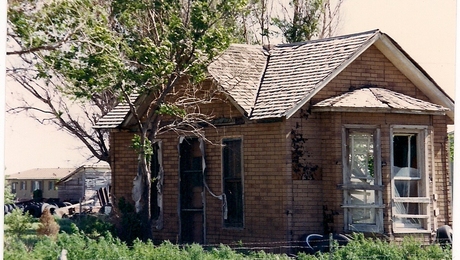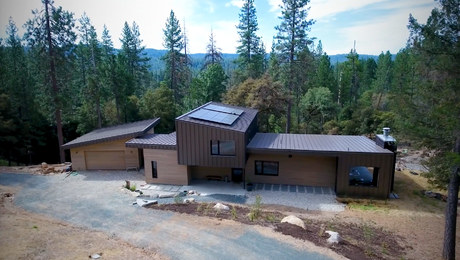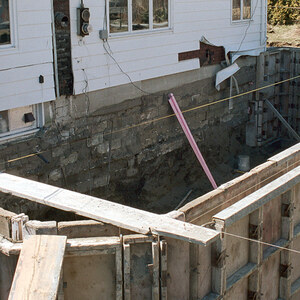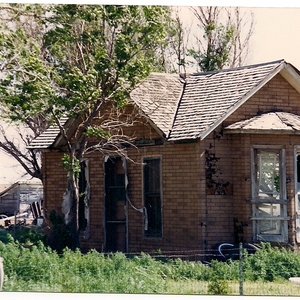best way to cut and glue miters in Trex for top rail
I’m going to install 1 X 6 Trex Accents solid edge as my top railing (Saddle color) on a deck railing (for splinter-free, low-maintenance, rot-proof). I’m replacing cedar, which crapped out after 20+ yrs. Several questions emerge:
1. I’d like to reverse bevel the end cuts so I don’t have inner core exposed on horizontal flat end cuts. The inner core of the wrapped Trex stuff is a different color than the veneer, of course. I’m told I could cut the end at a 45 and reverse a small cut piece (at a 45 also) and glue them with construction adhesive. Looking online makes me suspicious that construction adhesive won’t hold long-term. Advise.
2. I have many short pieces to cut (18″, 14″, 20″, 24″etc.)…joined occasionally to longer pieces. The cuts will all be strange angles. Can I butt joint these if done in warm weather (upstate NY)? I want to avoid tons of gaps between all these pieces. Little of the railing sits out in complete sunshine all day.
3. The Trex will be screwed to 1X cedar side rails and to end posts. I’m planning on using 21/2″ screws with matching Trex plugs.
Any other suggestions before I get started replacing 180 linear feet?
Thanks.


















Replies
I have had luck with epoxy
Trex accents is an earlier generation composite product. Composite decking has a wood component that can lead to dimensional changes in the material due to changes in moisture content. Chances are joints will work loose and become unsightly in relatively short order. Being a wood composite product, it is also susceptible to dry rot and mildew. Why you would want to introduce these problems into a new rail cap with the same wood issues is questionable.
I would recommend a cellular PVC product (like Azek) that is not affected by moisture or microrganism growth. Any joints can be bonded with PVC glue. Alllowances for thermal expansion and contraction should be observed when usiing cellular PVC.decking and trim products.